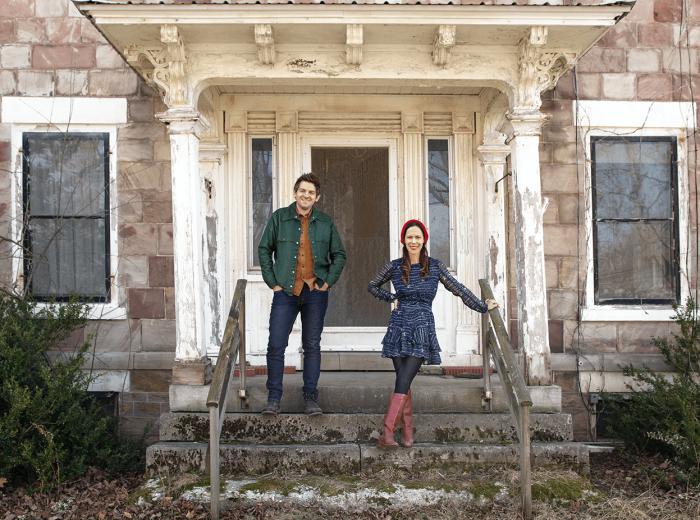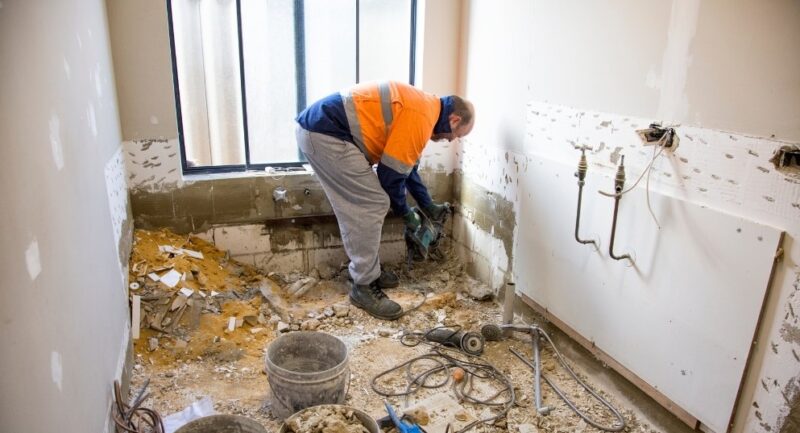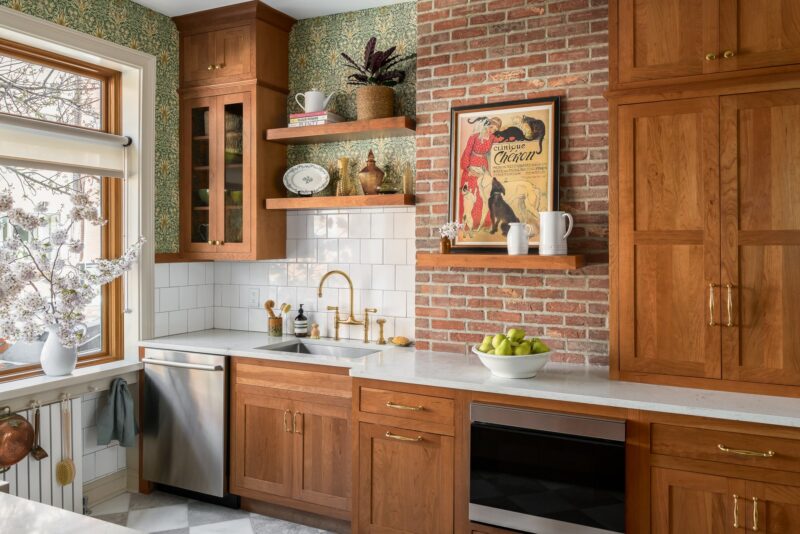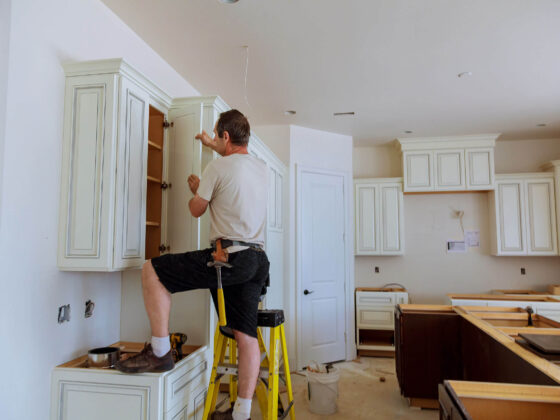Moving into an older home is an adventure steeped in history and character. These homes are time capsules, resonating with the stories of past generations and offering a unique aesthetic that new constructions can rarely match. With their distinctive architectural details and durable materials, older homes can be a solid investment. However, they also come with unique challenges that require careful consideration and planning. In this article, we’ll guide you through what you need to know to make your move smooth and successful.
Understanding the Unique Charm and Challenges of Older Homes

Moving into an older property often feels like acquiring a piece of history. The architecture of these homes—whether Victorian, Colonial, or Craftsman—can offer stunning woodwork, intricate tilework, and antique fixtures that capture the eye and heart. But beyond their charm lies a labyrinth of potential challenges.
Buyers should be aware that outdated electrical systems, plumbing, and insulation can turn their dream home into a significant project. For internet, television, and phone services, you can choose Bevcomm and get high-speed internet access, digital TV, and long-distance phone services.
Owners of older homes also have to contend with environmental regulations and historical preservation rules, particularly in designated historic districts. Compliance with these laws can limit the changes that can be made and dictate the types of materials used. It’s important to engage with local historical societies and planning boards early in the renovation process to avoid costly missteps.
Preserving the Authenticity While Upgrading for Modern Comfort
Striking the correct balance between preserving historical features and upgrading for modern comfort is the crux of owning an older home. It’s possible to maintain the aesthetic of yesteryear while still enjoying today’s conveniences. For instance, one can install modern HVAC systems without compromising the home’s character by thoughtfully placing units and vents.
One area that often demands upgrading is the plumbing system. While maintaining the period look, homes may still need efficient and up-to-date plumbing solutions. This is where experts come into play, and searching, “plumbers in Thornton CO” can make the process seamless. They can install new pipes and fixtures that blend with the home’s age and style, avoiding any dissonance between old and new.

When it comes to interior design, it is possible to integrate modern appliances and technologies without visible intrusion into the historical narrative of the space. Vintage-inspired refrigerators, stoves, and light fixtures that offer modern functionalities yet mimic the designs of the past can be sourced. Another technique is discretely housing electronics within traditional furniture pieces to keep the old-world ambiance intact.
Tackling Repair and Renovation in Historic Residences
Once the inspections are complete and the property is acquired, tackling repairs and renovations is the next step. A carefully mapped-out renovation plan is paramount, as older homes often require a special touch. Start with the most critical updates—those that affect the structural integrity of the home, such as foundation repairs, roof replacement, or window restoration.
When dealing with historical properties, it is important to find contractors who specialize in older homes or even specifically in historical restorations. These professionals will have the expertise to handle delicate features and the intricacies of building codes that apply to historic residences. With their experience, they can often provide valuable recommendations for maintaining authenticity while incorporating necessary updates.
Creating a Maintenance Plan for Your Vintage Home Investment

Long-term maintenance is the key to ensuring that your vintage home remains both beautiful and functional. Establishing a maintenance schedule for routine tasks such as gutter cleaning, wood treatment, and roof inspection will help prevent minor issues from becoming major repairs. Just as you would care for a valued antique, your historic home deserves regular, detailed attention.
It’s beneficial to create a maintenance log to track repairs and restorations. Documenting the history of work done, including the materials and processes used, can inform future maintenance and preserve the home’s historical value. Additionally, this log can serve as a valuable asset when selling the property, as it illustrates a commitment to the home’s upkeep.
Overall, living in an older home can be an incredibly rewarding experience when approached with careful planning and respect for the property’s history. By acknowledging both the charms and challenges these homes present, owners can savor the unrivaled personality and narratives embedded in their walls while ensuring their lasting legacy for generations to come.

